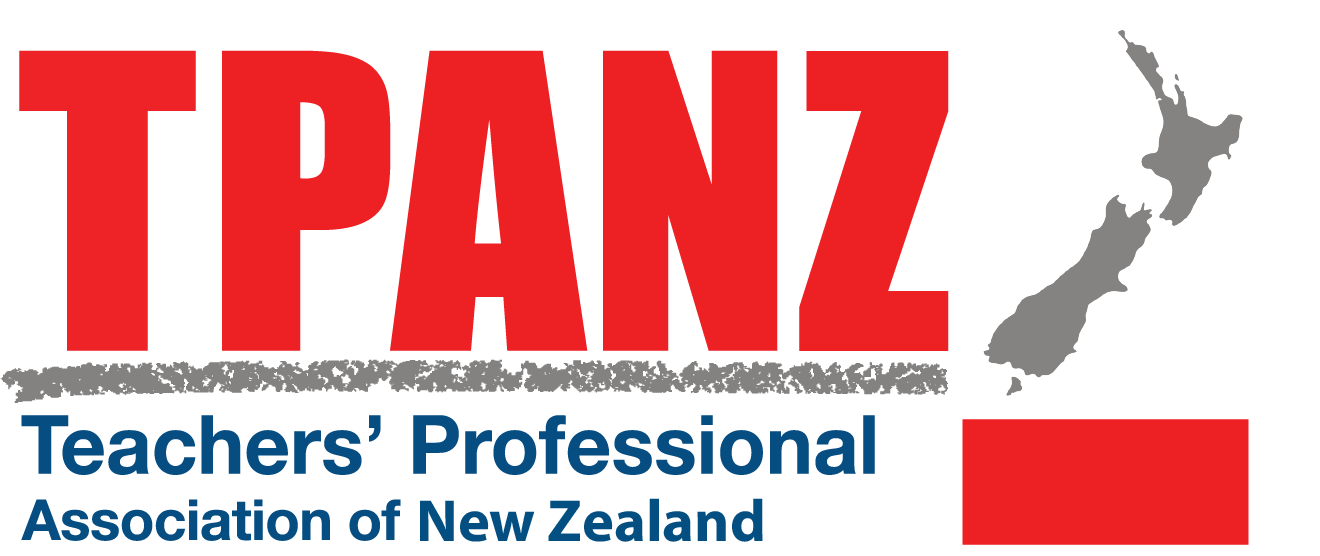There is no doubt, New Zealand classrooms are facing a crisis, and the situation will likely get worse as the year progresses.
A RNZ investigation from January 2024 outlines the dire situation that has led some Principals to cover classes themselves and an increased drive to employ overseas teachers, many of whom are unfamiliar with Te Tiriti o Waitangi in the learning environment.
https://www.rnz.co.nz/news/national/507558/teacher-and-reliever-shortage-leaves-schools-scrambling-with-students-returning-soon
“Whilst chronic understaffing has the potential to impact short- and long-term learning outcomes for students, it is our teachers who are faced with unfair additional responsibilities and increased workloads” says Rachael Mortimer President of TPANZ. “Even if teaching staff themselves are not implicated directly, the additional burden on senior management has a flow on affect via the stresses of finding cover and the resultant learning barriers.”
TPANZ is not aware of any Principles resigning due to the ongoing pressures but encourages anyone facing extra responsibility or with concerns relating to understaffing to reach out to TPANZ or their own Union.
In the meantime, what does the MOE intend to do? Teachers are at breaking point, and we are unlikely to see any immediate resolve.
Over the last few years, the push to get teaching staff into the classroom has led to an increase of teachers with Limited Authority to Teach (LAT). Since covid the employment of untrained education staff has doubled, from 893 in 2019 to 1832 at the end of 2023. A LAT enables those without teaching qualifications to teach in positions where there is a need for specialist skills or skills are in short supply.
According to the Teaching Council NZ, teaching positions should be filled by a registered teacher unless teachers are not available because of supply issues in a geographic location. The need for these positions must be demonstrated by an employer and will be considered within a regional context. When, as currently, the problem is nationwide and long-standing, then it’s time to think outside the square and not only find a solution to the current crisis but future proof our supply of teachers and ensure good outcomes for students.
Another solution to the problem might be in understanding what happened to our trained teachers? Why have so many left the profession and the Tamariki they have served so faithfully?
We need our teachers. Education is the lynchpin for future generations and for the well-being of New Zealand. What has gone wrong? What can be done to fix it?
The Teachers Professional Association of New Zealand (TPANZ) is able to provide legal advice and employment support for all education staff to include teachers, teacher aides and other education workers.
Come join us if you are an education worker who cares about yourself, your colleagues and your tamariki.


